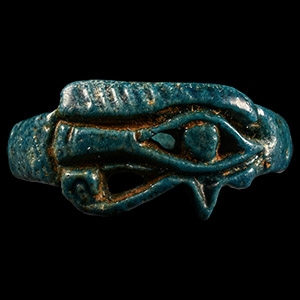Home > Auctions > 5 - 9 September 2023
Ancient Art, Antiquities, Natural History & Coins
Auction Highlights:
Acquired 1970s-1996.
Property of a North American collector.
London collection, 2016.
Acquired 1970s-1996.
Property of a North American collector.
London collection, 2016.
Acquired in the 1960s.
From the collection of the late Egyptologist Surgeon Commander PHK Gray RN.
From a Surrey, UK, collection.
This lot has been checked against the Interpol Database of stolen works of art and is accompanied by search certificate number no.11832-207092.
Cf. Taylor, J.H., Death and the Afterlife in Ancient Egypt, London, 2001, pp.99-103, for discussion.
Crafted for the tomb to accompany the deceased and provide for him in the afterlife.
Collection of Maurice Bouvier, Alexandria, Egypt, then in Switzerland from 1959; thence by descent.
This lot has been checked against the Interpol Database of stolen works of art and is accompanied by search certificate number no.11834-207726.
See Berman, Lawrence M., Catalogue of Egyptian Art, Cleveland Museum of Art, 1999, Nos.62-64, for similar examples.
Page-Gasser, M. & Wiese, A.B., Égypte, Moments d'éternité, exhibition catalogue, Musée d'Art et d'Histoire, Musée Rath, Geneva, 1997-1998, n° 9B. Exhibited: Égypte, Moments d'éternité, Antikenmuseum Basel und Sammlung Ludwig, 18 March-13 July 1997; Musée Rath, Geneva, 26 September 1997-11 January 1998.
Many of these superbly crafted knives are attributed to the Naqada II period (c.3500-c.3200 BC), in Upper Egypt. They were normally used in the Opening of the Mouth ceremony.
From the collection of Robert De Rustafjell (1876-1943), acquired in Thebes prior to 1909.
Deaccessioned from The Heckscher Museum of Art, Long Island, NY.
Private New Jersey collection.
De Rustafjaell, R., The Stone Age in Egypt: A Record of Recently Discovered Implements and Products of Handicraft of the Archaic Nilotic Races Inhabiting the Thebaid, New York, 1914, object 243.
Ex T.C. collection, Martigny, Switzerland.
Acquired in Europe before 1994.
This lot has been checked against the Interpol Database of stolen works of art and is accompanied by search certificate number no.11836-206814.
Acquired on the London art market, early 1980s.
Private European collection.
Accompanied by an academic report by Egyptologist Paul Whelan.
This lot has been checked against the Interpol Database of stolen works of art and is accompanied by search certificate number no.11837-206506.
Cf. Michael C. Carlos Museum, Atlanta, inv.no. 2015.050.004, for a shabti of Hori showing similar hands and collar; Louvre Museum, Paris, inv.no.N2251 6, for another shabti of Khaemwaset for a similar type of inscription.
There are various short inscriptions found on faience shabtis of Khaemwaset. The inscription on this shabti is notable for including the uncommon possessive element 'of Ptah' following the writing of 'Sem(-priest)'. It features on none of the inscriptions on the 43 published faience shabtis in the Louvre, but is found on an alabaster shabti of Khaemwaset in the Vatican's Museo Gregoriano Egizio (inv.no.19332). Also, the arm sign serving as a phonetic complement in the writing of his name is fairly uncommon on his faience shabtis, although it is found, for instance, in the inscriptions on two in the Louvre (inv.nos. N 456 A and N 768.14) and on another in the Amasis Collection (inv.no.S-1577).
Acquired from a French dealer, 1965.
Swiss private collection.
UK private collection, 1993.
This lot has been checked against the Interpol Database of stolen works of art and is accompanied by search certificate number no.11838-206398.
Cf. The British Museum, museum numbers EA25565 and EA64391 for comparable examples; cf. The Metropolitan Museum, New York, accession numbers 86.1.80 and 56.16.1, for similar.
Possibly intended as a container for the mummified remains of a cat, or from a statuette of the goddess Bastet. The feline's pierced ears likely once held earrings or other ornaments. In ancient Egypt, cats were the sacred animal of the goddess Bastet; such objects were often given as donations at her temples.
Acquired in Europe before 1993.
Ex collection Emil Saad, Paris-Alexandria.
Cf. The Metropolitan Museum, New York, accession number 10.130.1818, for similar.
From a family collection formed 1900-1950; by descent circa 1980.
Cf. Andrews, C., Amulets of Ancient Egypt, London, 1994, item 54(h).
Acquired in Europe before 1992.
This lot has been checked against the Interpol Database of stolen works of art and is accompanied by search certificate number no.11839-206505.
Cf. Friedman, F.D., Gifts of the Nile. Ancient Egyptian Faience, London, 1998, p.123, no.106, for a similar openwork ring.
Representing the eye of the god Horus, the Wedjat eye combined the human and falcon eye. The eye symbolises the powers of healing and rebirth, which worn about one's person offered protection to the wearer and the power of regeneration.
1 - 12 of 2453 LOTS

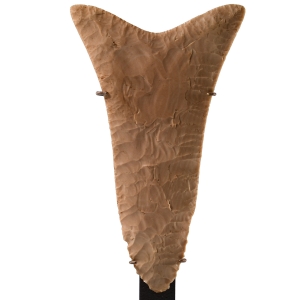
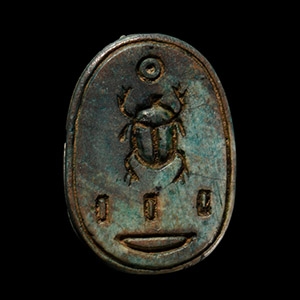
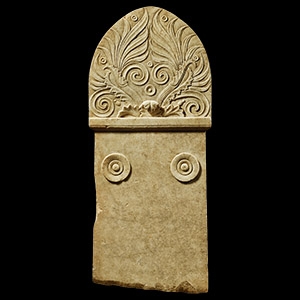
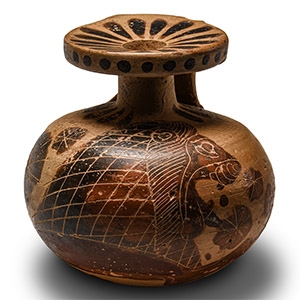
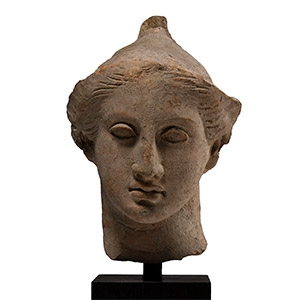
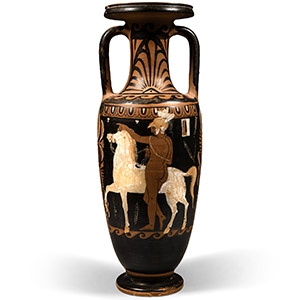
.jpg)
.jpg)
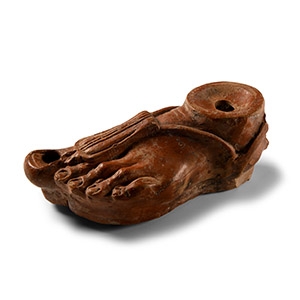
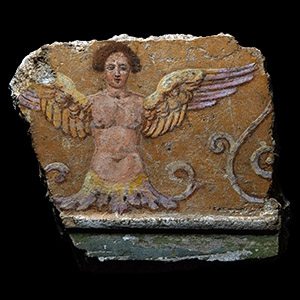
.jpg)
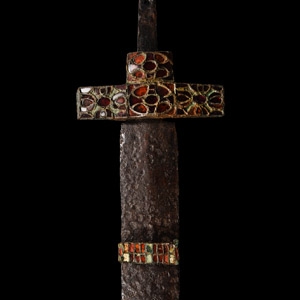
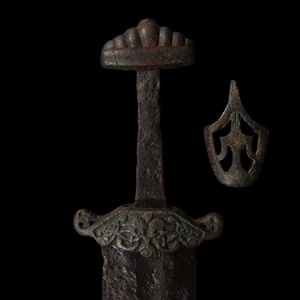
.jpg)
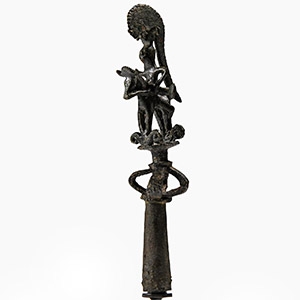


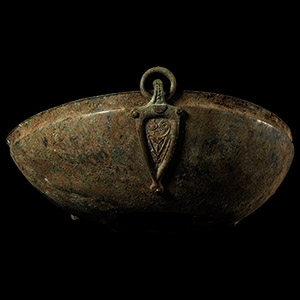
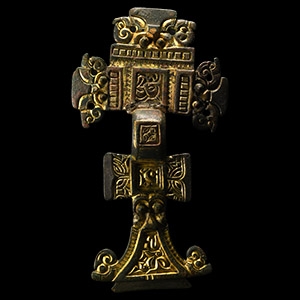
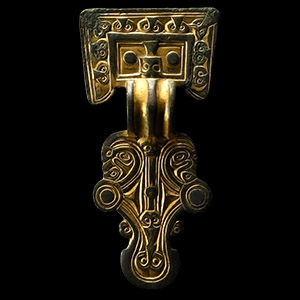
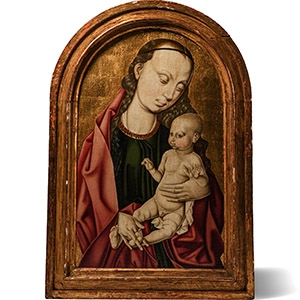

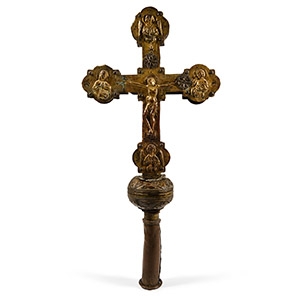
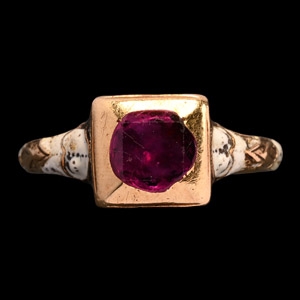
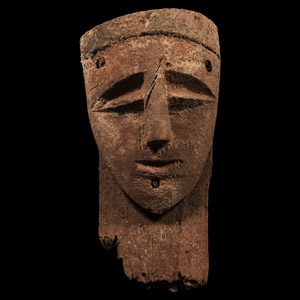
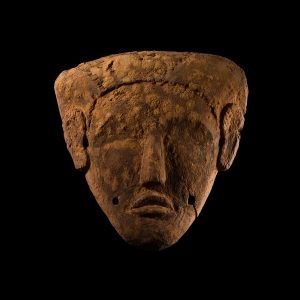

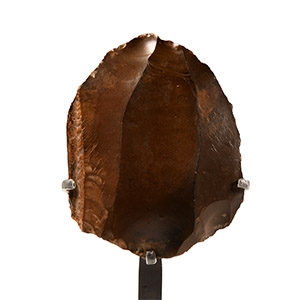
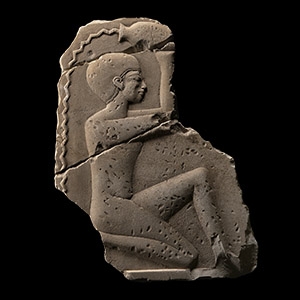
.jpg)
.jpg)


.jpg)
